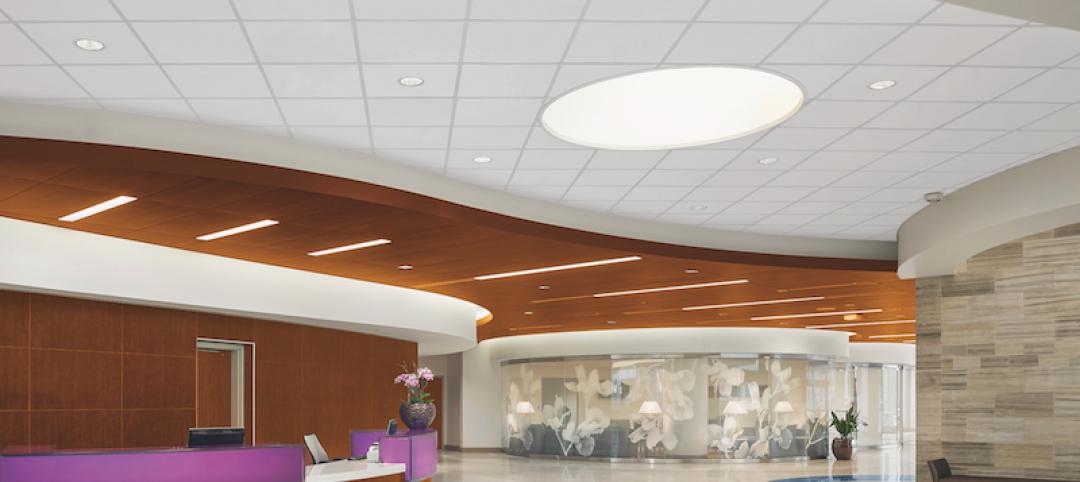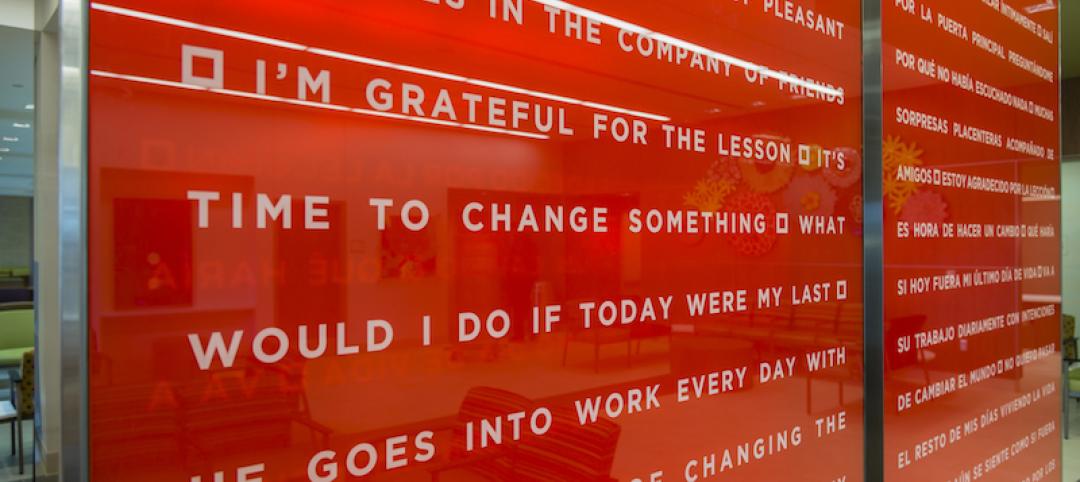Uncertainty and high risk are kryptonite to any investment community, and the healthcare real estate sector has seen a heavy dose of both since the beginning of the Great Recession.
From the economic crash of 2008-09, to the enactment of Obamacare in 2010, to the feds’ latest experiment—Ryancare, Republicare, Trumpcare, whatever you want to call it—no other major business sector has dealt with the level of chaos that healthcare owners, developers, providers, and consumers have faced.
Even as Speaker Paul Ryan’s Obamacare replacement died on the vine in Congress, President Trump and the GOP have no plans to walk away from their promise to repeal and replace the Affordable Care Act.
So, with a long road of political and financial uncertainty ahead for the healthcare sector, what does this mean for the nonresidential construction industry’s third-largest sector ($41 billion in annual construction spending)?
In the days and weeks following Trump’s historic victory, the consensus among healthcare sector analysts and AEC professionals was that the repeal and replace efforts would cause healthcare owners and developers to pump the brakes on major real estate construction and renovation plans in the pipeline. This, of course, was the case during the early days of the ACA, when many healthcare organizations halted construction projects until they could fully understand the implications of the law, especially the reimbursement structure.
More recent projections paint a slightly more positive picture for the healthcare construction market, at least in the near-term. In its latest healthcare real estate investment update, released last month (http://tinyurl.com/CBREhc17), CBRE Healthcare reported that healthcare providers “appear to be moving along with their strategy”—including their real estate plans—despite the turmoil in Washington, D.C.
“The ACA was a wake-up call for healthcare providers,” the report states. “In the last several years, healthcare providers have focused on ways to deliver care more efficiently and capture a greater market share to further their economies of scale. For developers, this means more outpatient facilities and a push to expand into new markets.”
Other real estate experts are not as upbeat. John Burns Real Estate Consulting, a respected housing market analyst based in Irvine, Calif., released a 68-page white paper last month (http://tinyurl.com/JBRChc17) that identifies healthcare as one of three major industries (the others being technology and automotive) that are “overheated and will likely be shedding jobs sometime soon.”
The most alarming indicator cited by JBRC: the sector’s rapid accumulation of debt—308% since 2009. This rate of growth far outpaces industry job and GDP growth, a circumstance that, historically, has triggered industry downturns.
Related Stories
Public Health Labs | Nov 3, 2016
Cutting-edge microscope facility opens on UMass Medical’s campus
Design and construction met rigorous requirements for sound, vibration, and temperature controls.
Healthcare Facilities | Oct 31, 2016
A world unbuilt: The moral implications of design
The communications challenges don’t even begin to compare to the inherent challenges of designing for a developing nation, writes CannonDesign's Michael McManus.
Sponsored | Healthcare Facilities | Oct 26, 2016
Rx for noise control at Virginia hospital: Large dose of acoustical ceilings
A myriad of acoustical ceiling solutions aid in patient comfort and recuperation.
Sponsored | Healthcare Facilities | Oct 24, 2016
Cyclotron streamlines isotope production
The 70 MeV, 140-ton cyclotron was manufactured by Ion Beam Applications (IBA) in Belgium.
Industry Research | Oct 20, 2016
New book from HDR explores opportunities for how healthcare organizations can reinvent the patient experience
Delta offers a close look at specific activities and behaviors that can help healthcare providers and caregivers discover revolutionary concepts to help them embrace and thrive in the rapid change that surrounds them.
Lighting | Oct 6, 2016
Healthcare systems lighting their way to savings
There has been a rapid improvement and availability of LED products as primary light sources in most healthcare facility applications.
Healthcare Facilities | Sep 28, 2016
Assisted living facility resembles a quaint American neighborhood
The design is not just meant to be aesthetically pleasing, but can also help patients with dementia and Alzheimer’s.
Healthcare Facilities | Sep 16, 2016
Healthcare architect turned patient: What I learned when admitted to a facility I helped design
Discovering new ways design can—and can’t—improve the patient experience.
Healthcare Facilities | Sep 14, 2016
Details of the largest healthcare construction project in North America revealed by CannonDesign and NEUF architect(e)s
The project will combine three aging hospitals into one complex.
Healthcare Facilities | Sep 7, 2016
The merger of physical healthcare and digital care: Why is it important?
As healthcare costs continue to increase, operators are exploring new delivery models and social platforms to personalize the provision of healthcare services. These companies are pouring resources into this field to create more personalized, secure, and affordable health and wellness options.

















